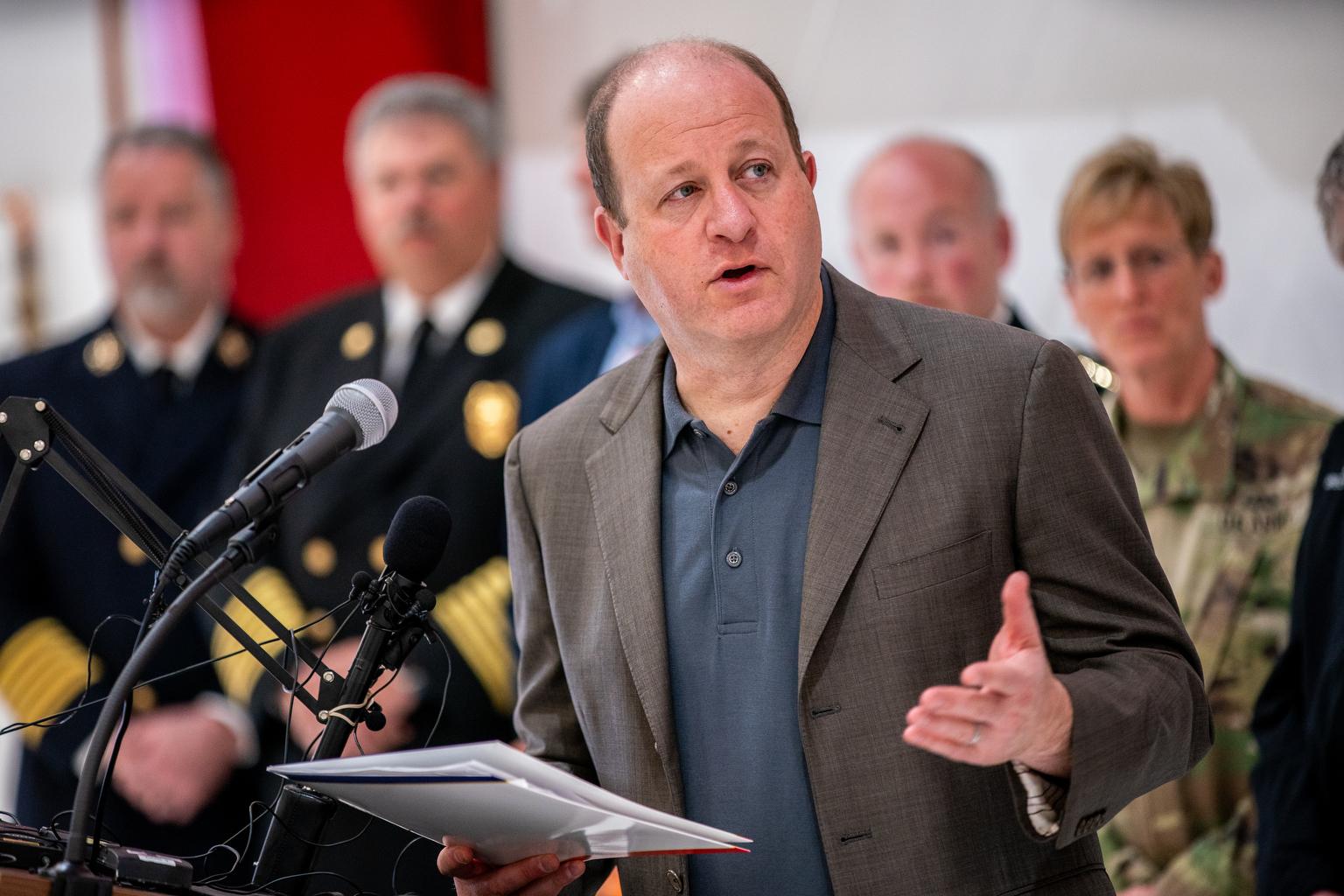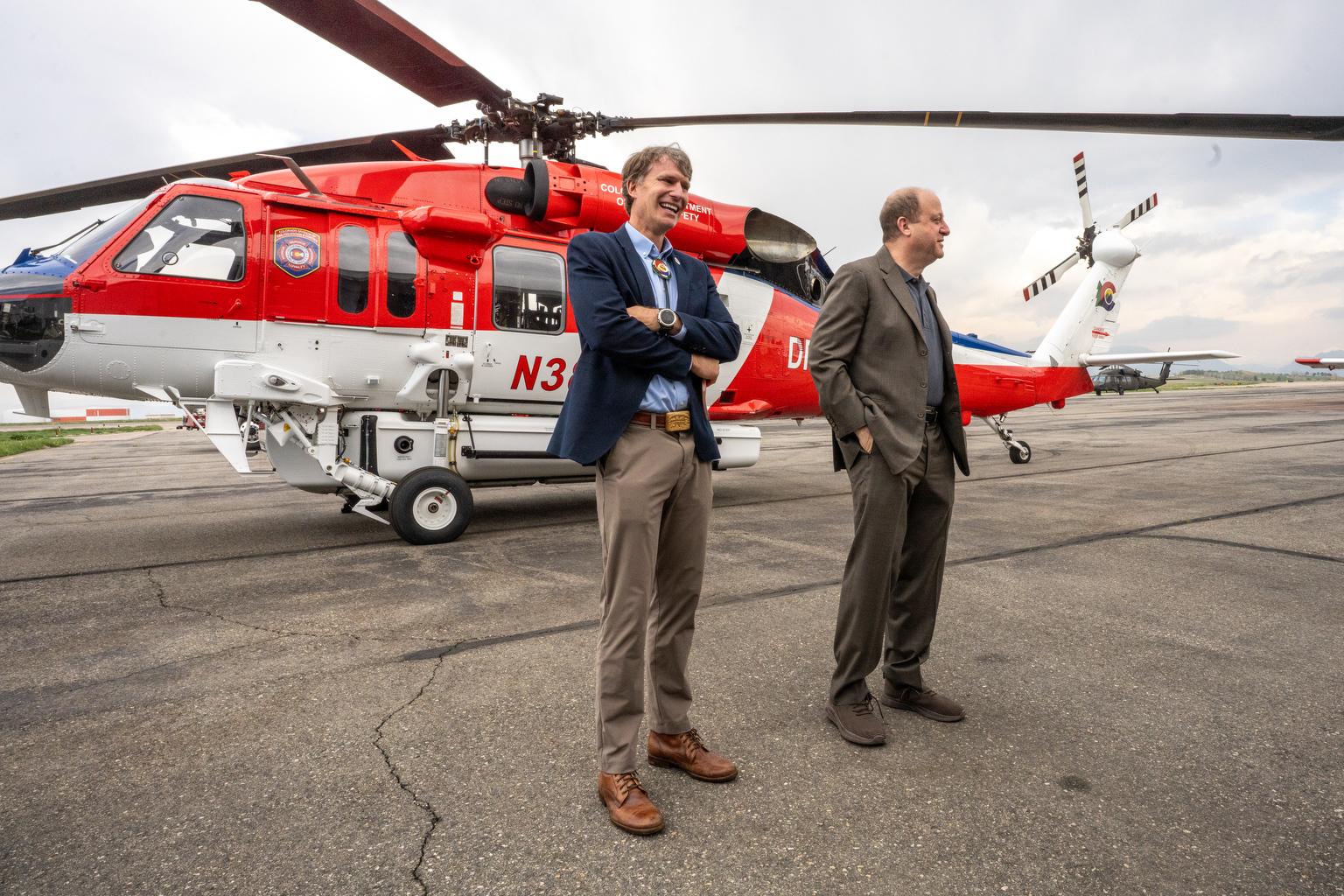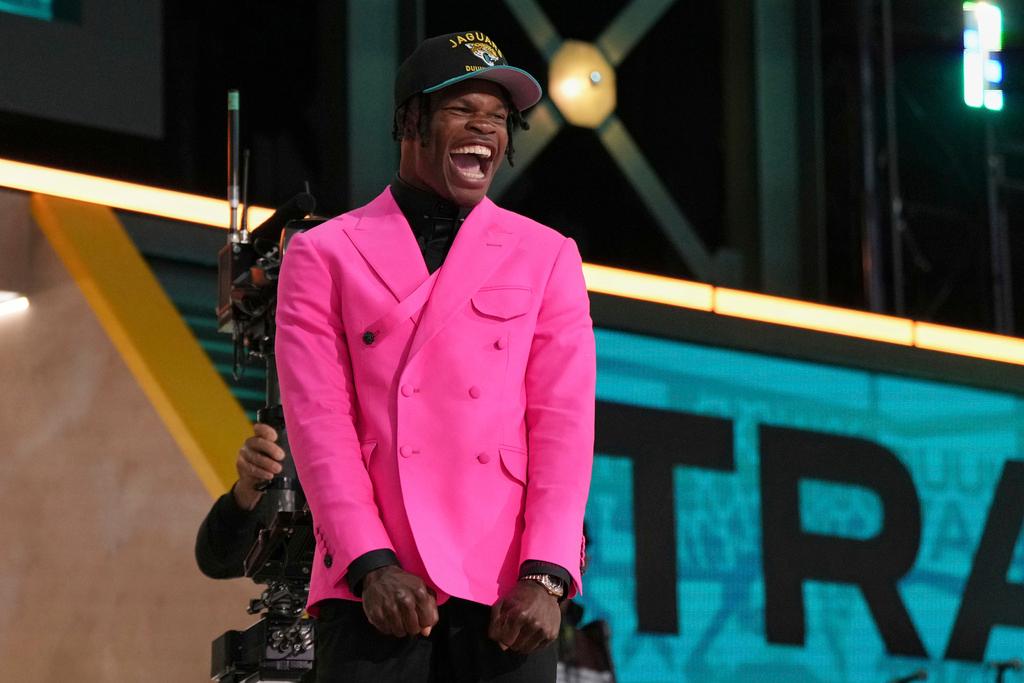Editor's note: This story originally published in 2018.
The Treaty of Guadalupe Hidalgo was signed in February 1848, bringing an official end to the Mexican-American War. Among other things, it moved the southern boundary of the U.S. to the Rio Grande River, instead of the Arkansas River. Part of the original treaty is on display at the El Pueblo History Museum in Pueblo.
History professor Dr. Fawn Amber Montoya coordinates Chicano Studies at Colorado State University-Pueblo. 91.5 KRCC's Abigail Beckman spoke with Montoya about the implications of the treaty, which drastically changed the lives of the people living in this region.
Highlights from the conversation:
On the complexity of the signing of the Treaty of Guadalupe Hidalgo:
...it really forces [people in the area] to solidify what their nationality is, whereas it had been in some dispute from 1821 to 1848. Because before 1821 they had been Spanish, then after '21 they are technically Mexican whether they feel affiliated with Mexico or not. But by '48 they have to decide 'are you a U.S. citizen or are you a Mexican citizen?' But there's not really spaces for them to be U.S. citizens.

On the effects of a changing sense of nationality for people in the region:
I think how you see it reflected today is you see people who are Spanish Americans, and you see people who identify more as New Mexican than as Coloradoan. You see people in southern Colorado identify as being southern Coloradoan, rather than Coloradoan. We're southwesterners versus being westerners. That's where you start seeing it. It's about nationality but it's also about regional location.
Some people will go back to their native roots and say that they claim Native American—even though they're not technically tribal, because at that time, they were de-tribalized Indians. The nation hadn't established reservations yet.
On the long-term implications of the signing of the treaty:
I think the biggest one, especially for Colorado, is the Sand Creek Massacre. The signing of the Treaty of Guadalupe Hidalgo opens up this whole region to westward settlement. The biggest thing is the land; who owns the land? What you'll see, specifically with the Sand Creek Massacre, is the Cheyenne and Arapahoe being removed from the region and then this devastation that will occur of them being slaughtered by the Colorado militia at the time.
"...this definition of what is America also kind of starts to be solidified and creates hostile situations."
The other thing that I would probably say is the Ludlow Massacre, because that open up Southern Colorado to industrial development, specifically in coal and iron mining. A lot of the people that [fought] for the National Guard are people that are more focused on nativism, and they're seeing these coal miners coming in, [and they're seeing them] as foreigners, where some of them might have been from New Mexico. They're labeled as foreigners because they're Spanish speaking. Whereas you might have others from Greece and from Italy...and [they're] labeled as immigrants. So, this definition of what is America also kind of starts to be solidified and creates hostile situations.
On the potential new dialogue inspired by having the treaty documents in Pueblo:
I feel like there's a lot of people, especially older generations in Southern Colorado, that know about the treaty because of the oral history that has been passed on. It's the younger generations—people usually under the age of 35, 36—that don’t understand what the border had been. We have three pages of the [treaty] at the museum. I think it's over a 50-page document and there's all these amendments to it. I think that's where there's space for open dialogue is 'what did the treaty do?' It talks about that changing border, but the complexity becomes in that the treaty says that the people in this region could be U.S. citizens, but that's not what ends up happening. And it doesn't just happen in Colorado; it happens in California; it happens in all of the lands that were acquired after the signing of the treaty.

On what it means for Pueblo to have the original copy of the treaty here:
I think it's complicated. I think it's exciting because the fact that El Pueblo History Museum was able to get it is huge. I think it shows a lot of work and dedication on the part of the people that work at that museum. So that's one piece. I think it shows how forward-thinking people in Pueblo can be. I think it also shows the appreciation for their history.
I think it's complicated because the treaty has separated families for generations now. For me, the treaty is someone in Washington D.C. making decisions for people in Pueblo and south of Pueblo, people who had no knowledge of the land—that's where it becomes complicated... The border being established didn't take into account peoples' individual needs or what had happened historically, and the histories that have been attempted to be erased. It's what makes people in this region foreigners in their native land. That's what the language becomes among historians... they didn't cross the border, the border crossed them.
The Treaty of Guadalupe Hidalgo is display at the Borderlands of Southern Colorado exhibit at El Pueblo History museum until July 4. The El Pueblo History Museum is an underwriter of 91.5 KRCC.









